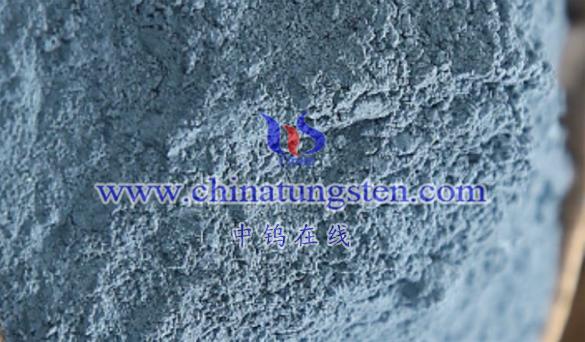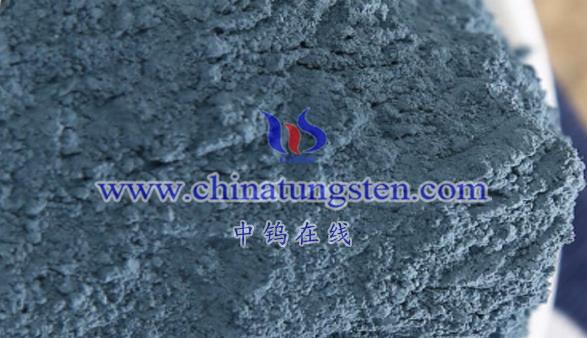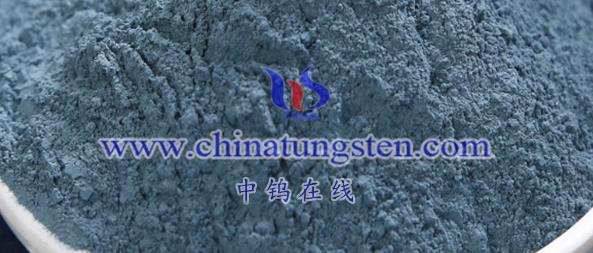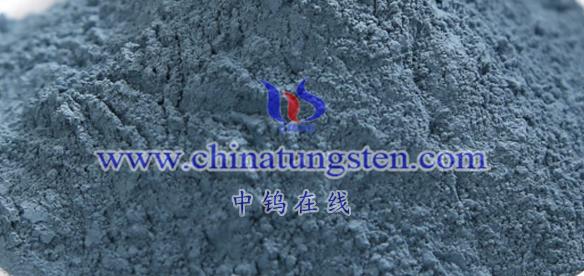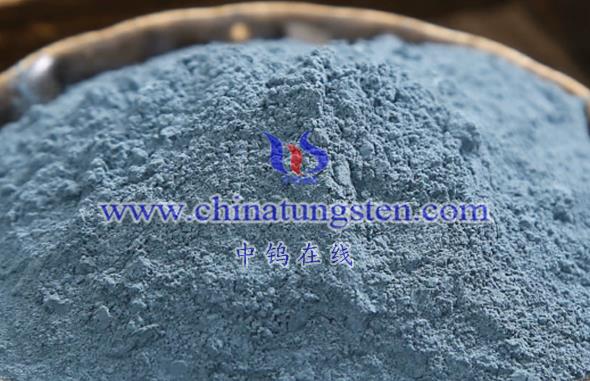
The chemical formula of tungsten bronze is typically expressed as MxWO3M_xtext{WO}_3MxWO3, where:
- MMM represents one or more cations, such as alkali metals (e.g., sodium Natext{Na}Na, potassium Ktext{K}K, cesium Cstext{Cs}Cs), alkaline earth metals, ammonium ions (NH4+text{NH}_4^+NH4+), or rare earth metal ions.
- xxx is a variable that usually falls between 0 and 1, indicating the non-stoichiometric nature of tungsten bronze.
The values of MMM and xxx influence the physical and chemical properties of tungsten bronze, such as its color, electrical conductivity, and optical performance.
Key Features of Tungsten Bronze
- Non-Stoichiometric Composition
The adjustable xxx-value allows for a range of compositions, contributing to unique properties like tunable colors, varying electrical conductivity, and optical features. - Crystal Structure
Tungsten bronze generally adopts cubic or tetragonal crystal structures, though orthorhombic forms may also occur. These structures are characterized by tunnels that facilitate electron and ion transport. - Color
The color varies significantly with the type of cation MMM and the xxx-value:- NaWO3text{NaWO}_3NaWO3: Golden yellow
- Na0.6WO3text{Na}_{0.6}text{WO}_3Na0.6WO3: Orange-red
- Na0.3WO3text{Na}_{0.3}text{WO}_3Na0.3WO3: Dark blue-purple
- Thermal and Electrical Properties
Tungsten bronze exhibits excellent thermal stability, thermal conductivity, and unique electrical behaviors:- Metallic conductivity at higher xxx-values.
- Semiconducting properties at lower xxx-values.
- Dielectric, Piezoelectric, and Ferroelectric Properties
Tungsten bronze shows good dielectric, piezoelectric, ferroelectric, and pyroelectric properties, making it suitable for use in electronic devices, sensors, and optical applications. - Solubility
- Insoluble in water and all acids except hydrofluoric acid.
- Soluble in alkaline reagents.
Applications
Tungsten bronze’s unique combination of properties enables its use in various fields, including:
- Electronics: As a component in conductive and piezoelectric materials.
- Optics: For electrochromic and thermochromic devices.
- Sensors: In thermal and electrical sensing applications.
- Catalysis: Due to its stability and unique surface properties.
With ongoing advancements in science and technology, the potential applications and value of tungsten bronze are expected to expand further.
More details of tungsten oxide product, please visit website: tungsten-oxide.com
Please contact CHINATUNGSTEN for inquiry and order of tungsten oxide:
Email: sales@chinatungsten.com
Tel.: 86 592 5129595
